This National Park Has The Largest Population Of Wild Bears In The U.S.

Nestled along the Tennessee-North Carolina border, the Great Smoky Mountains National Park stands as a wild bear paradise unlike any other in America.
With lush forests, abundant food sources, and protected habitats, this stunning park has become home to the largest population of wild bears in the United States. Let’s explore what makes this national treasure such a perfect sanctuary for these magnificent creatures.
1. The Great Smoky Mountains National Park: Bear Capital Of The U.S.
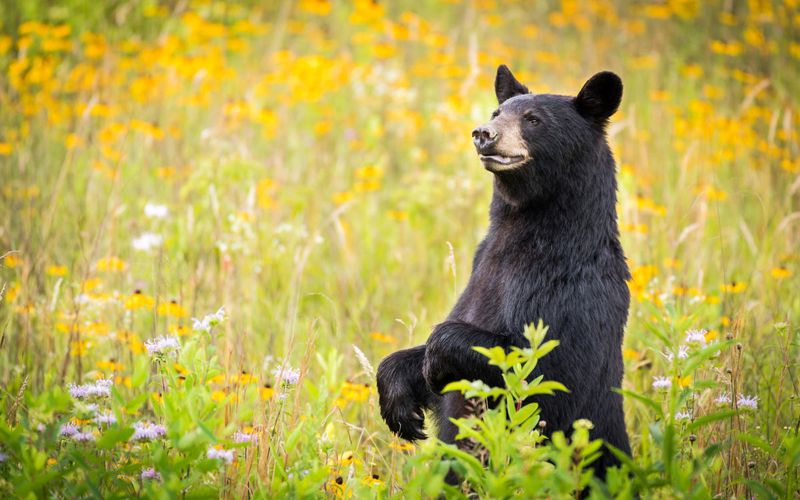
An astonishing 1,900 black bears roam freely throughout the Great Smoky Mountains National Park, making it America’s undisputed bear capital.
With approximately two bears per square mile, this dense population thrives in the park’s protected wilderness. Visitors from around the world flock to the Smokies hoping to spot these magnificent creatures in their natural habitat.
2. Why The Smoky Mountains Are A Bear’s Ideal Habitat

Rich biodiversity creates a perfect bear paradise in the Smokies.
The park’s varied elevation levels produce diverse ecosystems, from hardwood forests to high mountain terrains. Bears feast on over 100 plant species, including nutritious berries, nuts, and acorns, while seasonal changes provide year-round food sources that support their growth and reproduction.
3. Black Bears In The Smokies: A Dominant Species
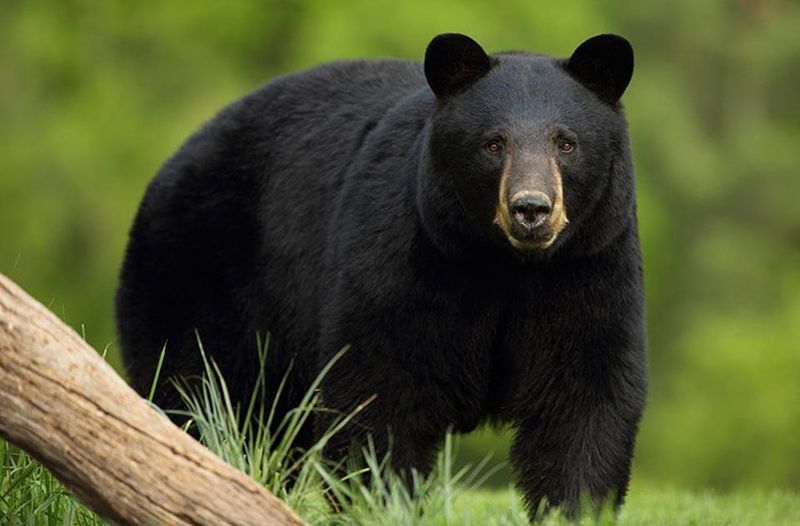
Black bears reign as the Smokies’ largest native mammal, with males weighing up to 600 pounds during peak feeding seasons.
Their remarkable adaptability allows them to thrive from valley floors to mountain peaks. Despite their name, these bears often display brown or cinnamon-colored coats, surprising many first-time observers with their varied appearances.
4. Grizzly Bears In The Great Smoky Mountains: Rare But Present
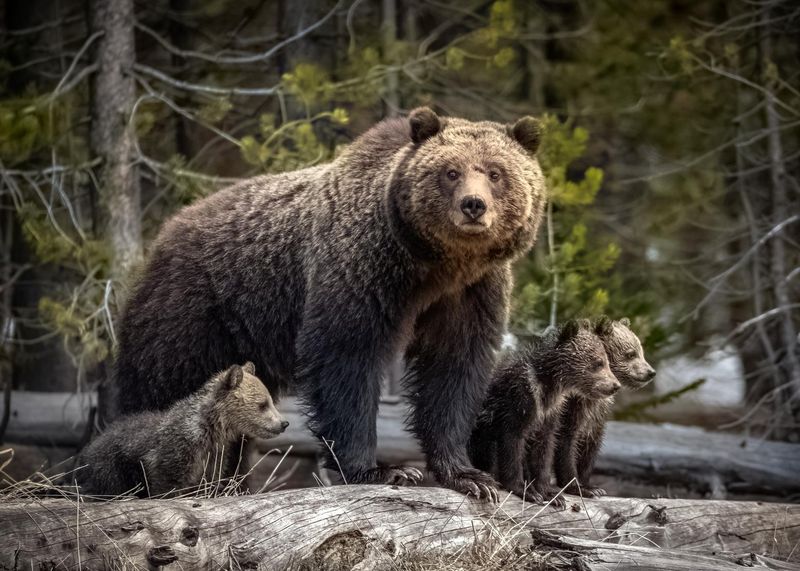
Contrary to popular belief, grizzly bears don’t naturally inhabit the Great Smoky Mountains.
Historical records show no native grizzly population in this eastern range. The park exclusively hosts black bears, though occasional misidentifications occur when visitors spot particularly large specimens. Rangers work diligently to educate the public about this common misconception.
5. The Role Of Bears In The Great Smoky Mountains Ecosystem

Bears serve as nature’s gardeners throughout the Smokies’ vast wilderness.
As they forage, bears scatter thousands of seeds across the forest floor, promoting plant diversity. Their digging behaviors aerate soil and create microhabitats for smaller creatures. This ecological engineering helps maintain the delicate balance that makes the Smokies one of America’s most biodiverse regions.
6. Bear Sightings In The Smokies: When And Where To Spot One
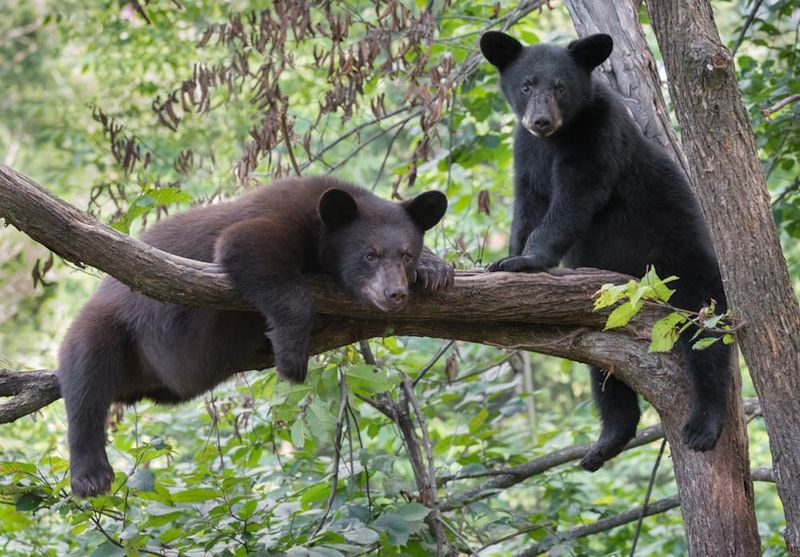
Early morning and late evening hours offer prime bear-watching opportunities, especially from April through November.
Cades Cove and Roaring Fork Motor Nature Trail rank among the park’s bear-spotting hotspots. Patient visitors scanning meadow edges and berry patches often witness these magnificent creatures in their natural routine, making memories that last a lifetime.
7. Protecting Wild Bears: Conservation Efforts In The Smoky Mountains
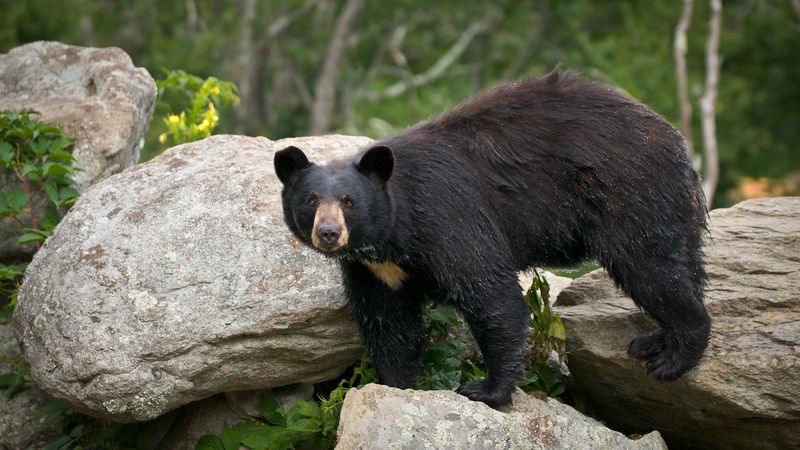
Revolutionary radio-collar tracking programs monitor bear movements and health throughout the park.
Rangers implement strict food storage regulations to prevent dangerous human-bear interactions. A specialized Bear Management Team responds to wildlife emergencies, while ongoing research studies population dynamics, helping ensure these magnificent creatures continue to thrive for generations to come.
8. Bear Watching In The Smokies: A Guide For Visitors

Binoculars and telephoto lenses transform bear watching from potentially dangerous to perfectly safe.
Stay at least 50 yards away from any bear you encounter—this distance protects both you and the animal. Scanning open meadows during morning hours often yields sightings, while maintaining a hushed voice prevents disturbing these magnificent but sometimes unpredictable creatures.
9. The Black Bear’s Unique Adaptations To The Smoky Mountains
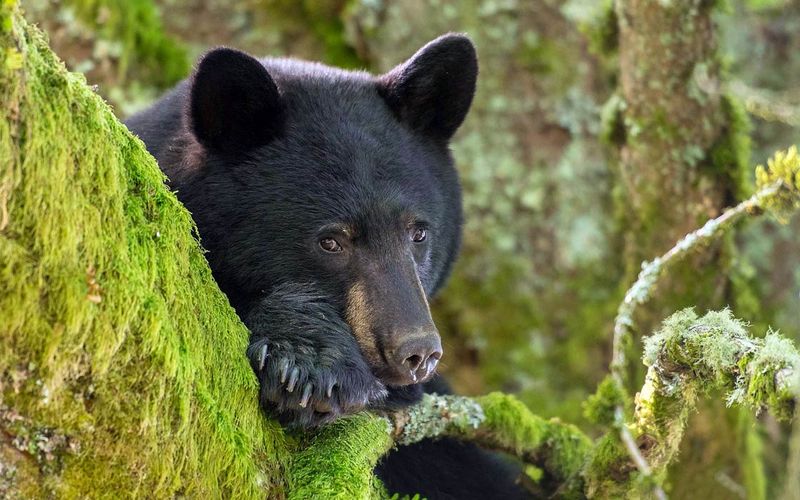
Curved claws evolved specifically for tree climbing help Smoky Mountain bears escape danger and reach food sources.
Their remarkable sense of smell—seven times stronger than a bloodhound’s—allows them to detect food from over a mile away. Winter dormancy periods, shorter than true hibernation, conserve energy during scarce food months while still allowing bears to react to threats.
10. How Bears Are Managed In The Great Smoky Mountains National Park
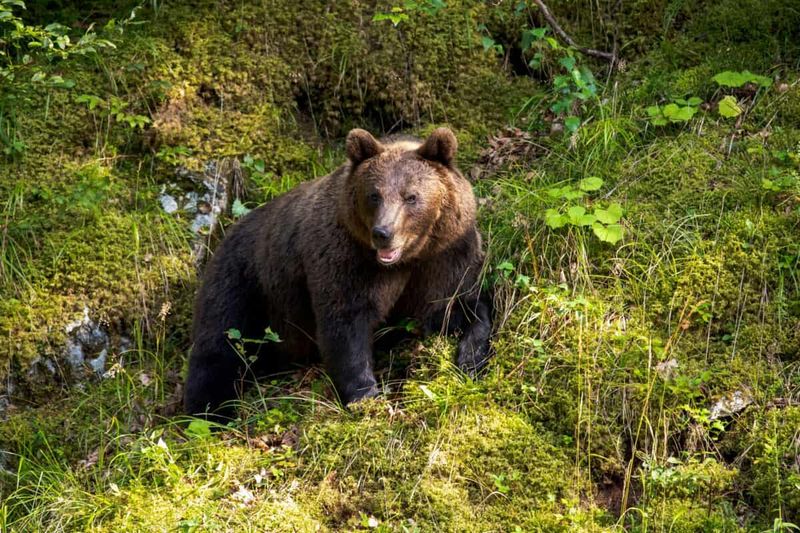
GPS tracking collars provide real-time data on bear movements, helping rangers monitor population health and migration patterns.
Aversive conditioning techniques teach problem bears to avoid human areas without harm. When necessary, wildlife officers relocate bears that become too comfortable around people, moving them to remote wilderness areas where they can resume natural behaviors.
11. Impact Of Human Activity On Bears In The Smoky Mountains
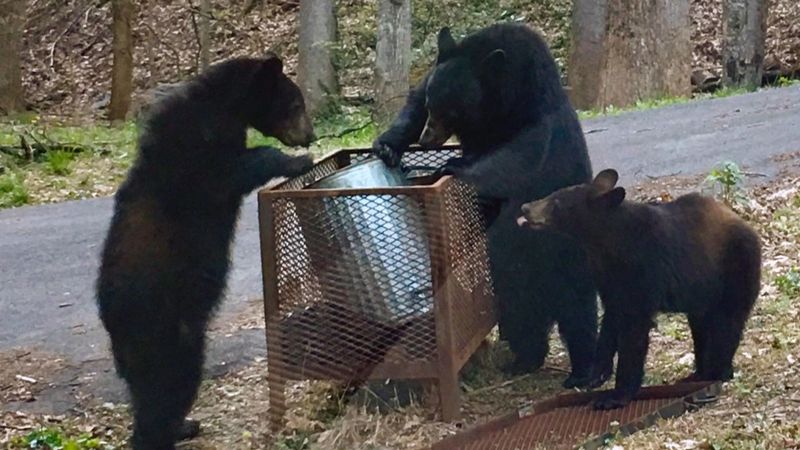
Food-conditioned bears often meet tragic ends after becoming dependent on human scraps.
The park’s 12 million annual visitors create challenges through improper food storage and close approach attempts. Rangers tirelessly educate visitors about bear safety, enforcing strict regulations against feeding wildlife and implementing specialized bear-proof trash receptacles throughout heavily trafficked areas.
12. The Diet Of Smoky Mountain Bears: What Keeps Them Healthy?
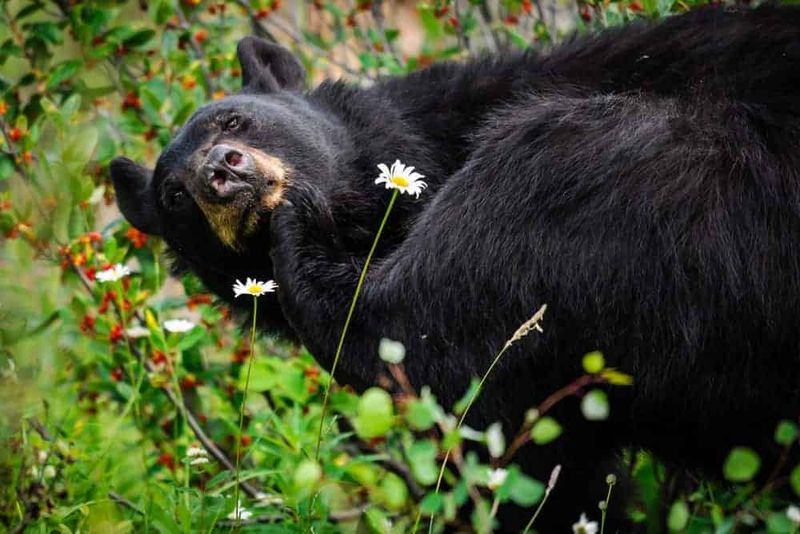
Seasonal eating patterns define a bear’s year in the Smokies.
Spring brings tender shoots and insects as bears emerge hungry from winter dens. Summer offers a bounty of berries and fruits that pack on essential fat reserves. Fall’s acorn crop provides critical nutrition before winter dormancy, with a single bear consuming up to 20,000 calories daily during peak feeding periods.
13. Understanding Bear Behavior In The Great Smoky Mountains
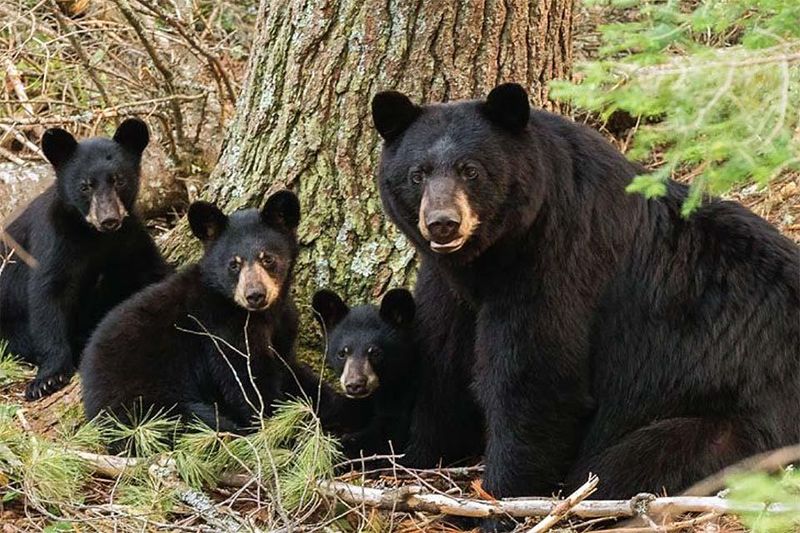
Mother bears demonstrate extraordinary dedication, caring for cubs for up to 18 months while teaching essential survival skills.
Contrary to popular belief, bears rarely hibernate completely in the Smokies’ relatively mild climate. Instead, they enter a state of torpor, occasionally emerging during warm winter days. Males establish large territories that may overlap with several females’ smaller ranges.
14. Challenges Facing The Bear Population In The Smoky Mountains

Climate change threatens traditional food sources as flowering and fruiting patterns shift unpredictably.
Increasing tourism brings more potential for dangerous human-bear encounters. Disease outbreaks, particularly mange, have affected some bears in recent years, while habitat fragmentation outside park boundaries limits natural range expansion as the population grows.
15. How The Smokies Became A Bear Sanctuary
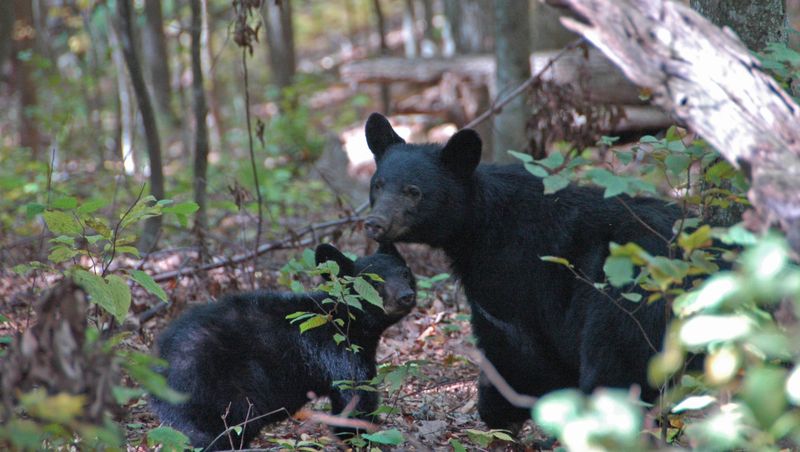
The 1934 establishment of Great Smoky Mountains National Park saved bears from near-extinction in the region.
Before protection, unregulated hunting and massive deforestation had decimated local bear populations. The park’s creation halted commercial logging and established wildlife protections that allowed bears to recover. Today’s thriving population stands as a testament to these early conservation efforts.






